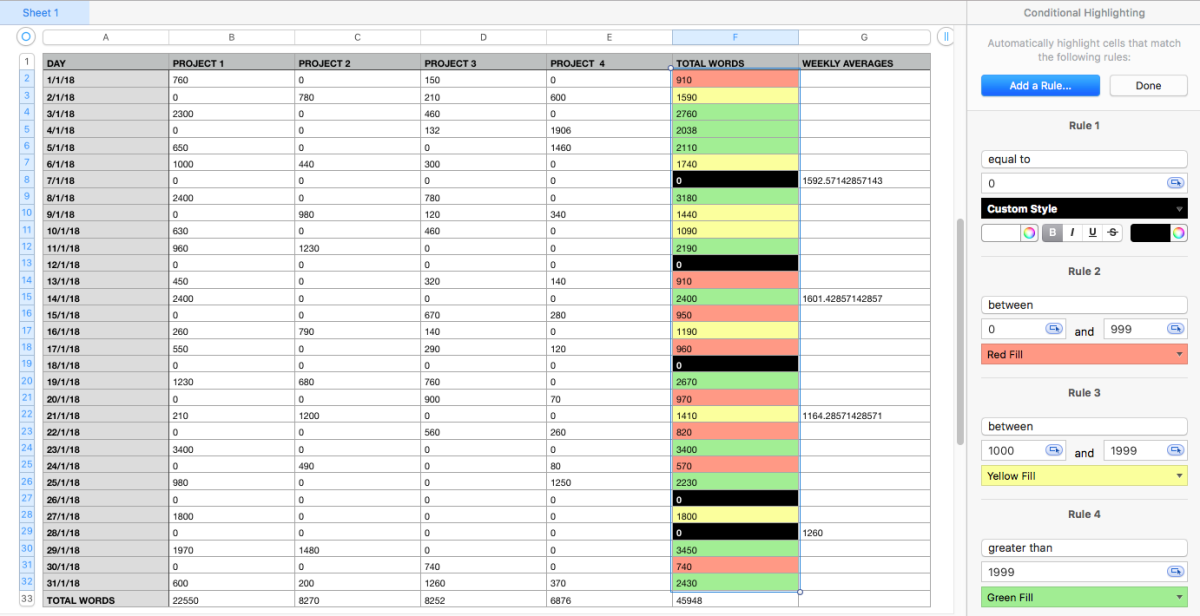
Thomas Jefferson commissioned a step counter made by one of the best watch-makers in Paris. When the thigh moved back and forth in walking, the gears were rotated, causing steps to be counted. It was worn at the waist, with a long lever arm that was tied to the thigh. Leonardo da Vinci is credited with inventing the first mechanical step counter. The word mile comes from the Latin phrase milia passuum, meaning “one thousand paces.” The Roman mile was approximately 1000 paces (or 2000 steps) of a full-grown adult. Thus, it is a logical extension of other measurement methods based on the human body, including the inch (i.e., width of thumb), the hand (i.e., width of the palm), the foot (i.e., length of the foot), the cubit (i.e., distance from elbow to fingertip), and the fathom (i.e., distance between fingertips with arms outstretched). Step counting began as a method of estimating distance. The CTA is attempting to develop best-practice testing protocols and voluntary standards that companies can meet in order to achieve data quality (i.e., performance benchmarks). In 2016, they hosted a Medical Advisory Summit to bring together key players in the technology and medical fields, for the purpose of having a forum to develop standards for wearable devices to track physical activity. To fill this void, the Consumer Technology Association (CTA) formed a Health and Fitness Technology Division in 2010. These activity trackers may provide estimates of steps, calories, distance traveled, time in activity, and “wear time.” While consumer interest has increased in recent years, there is a problem in that the accuracy of these devices is not regulated by any government agency or scientific body to ensure that they are giving valid information.

Using the search terms “pedometer” and “activity tracker,” Amazon and Walmart listed 181 and 139 different devices, respectively, on their websites (13 July 2016). A single company, Fitbit, has experienced exponential growth, and sold 21.4 million devices worldwide in 2015 (Table 1).

In recent years, the popularity of activity trackers that count steps has grown substantially. This is part of a larger movement known as “the quantified self” in which people are seeking to gain knowledge through numbers, and using technology to acquire data on aspects of a person’s daily life in terms of physiological variables, environmental exposures, and psychological mood states. Since 2011, interest in step counting has exploded within the general population, as people have become fascinated with tracking their levels of physical activity. In the 1990s, the use of step counters to measure physical activity and study relationships between physical activity and health began in earnest. As early as 1960, researchers have been interested in using step counters to assess physical activity. The original purpose of these devices was to measure distance traveled, when walking was the most common mode of transportation. Step counters are devices worn on the body that measure steps and/or distance traveled. These challenges should be addressed in order to achieve harmonization between studies, and to accurately quantify dose–response relationships. Future challenges include the need to establish testing protocols and accuracy standards, and to decide upon the best placement sites. Step counting is useful for surveillance, and studies have been conducted in a number of countries around the world. Longitudinal interventions using step counters have shown that they can help inactive individuals to increase by 2500 steps per day. Currently, at least eight prospective, longitudinal studies using accelerometers are being conducted that may help to establish dose–response relationships between steps/day and health outcomes.

In cross-sectional studies, strong associations between steps per day and health variables have been documented. There are many different kinds of step counters, designed to be worn on various sites on the body all of these devices have strengths and limitations. However, since they measure a human behavior, they have inherent biological variability this means that measurements must be made over 3–7 days to attain valid and reliable estimates. Steps have several advantages as a metric for assessing physical activity: they are intuitive, easy to measure, objective, and they represent a fundamental unit of human ambulatory activity. Since 2010, the use of accelerometer-based “activity trackers” by private citizens has skyrocketed. This line of research gained momentum after 1995, with the introduction of reasonably accurate spring-levered pedometers with digital displays. Starting in the mid-1900s, researchers became interested in using steps per day to quantify ambulatory physical activity. Step counting has long been used as a method of measuring distance.


 0 kommentar(er)
0 kommentar(er)
